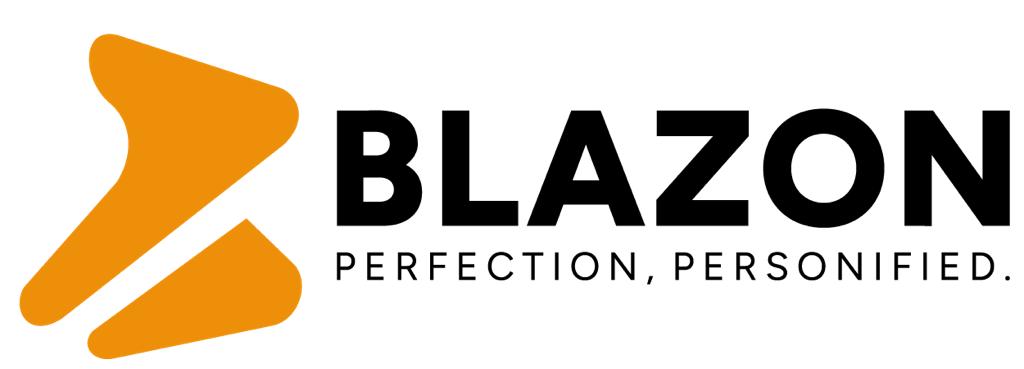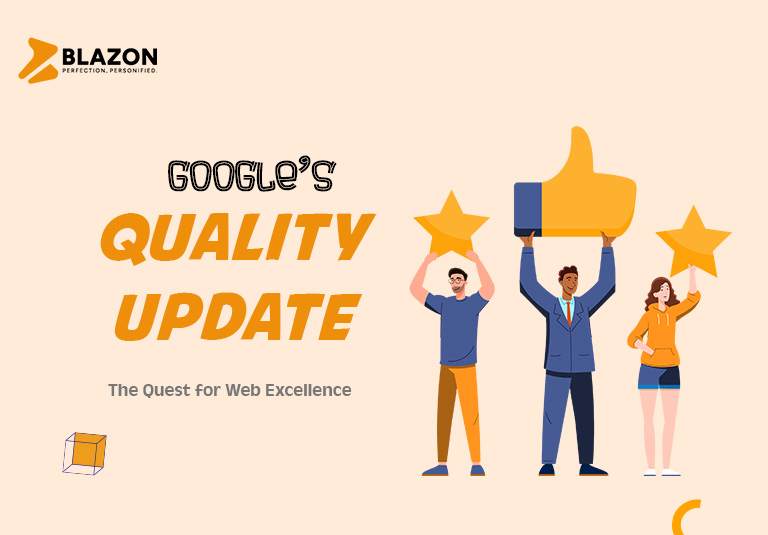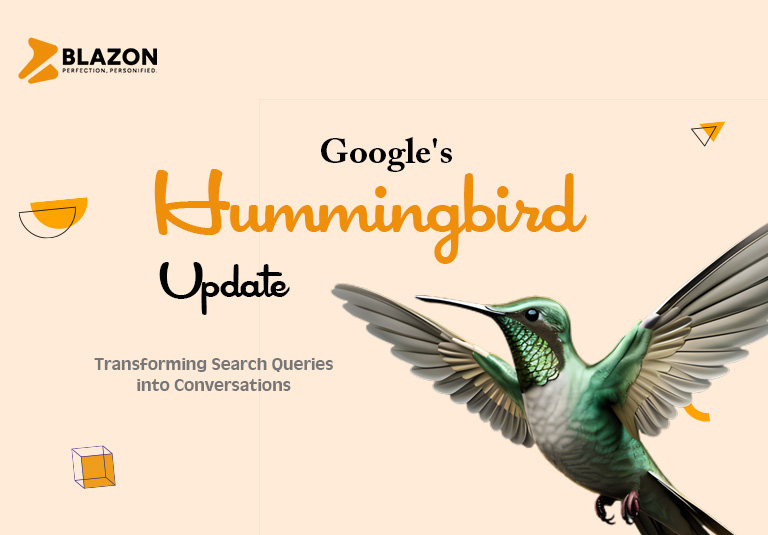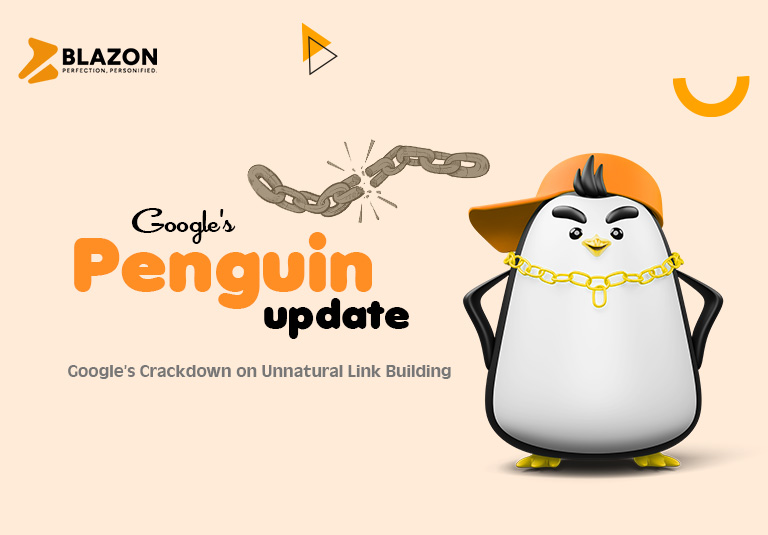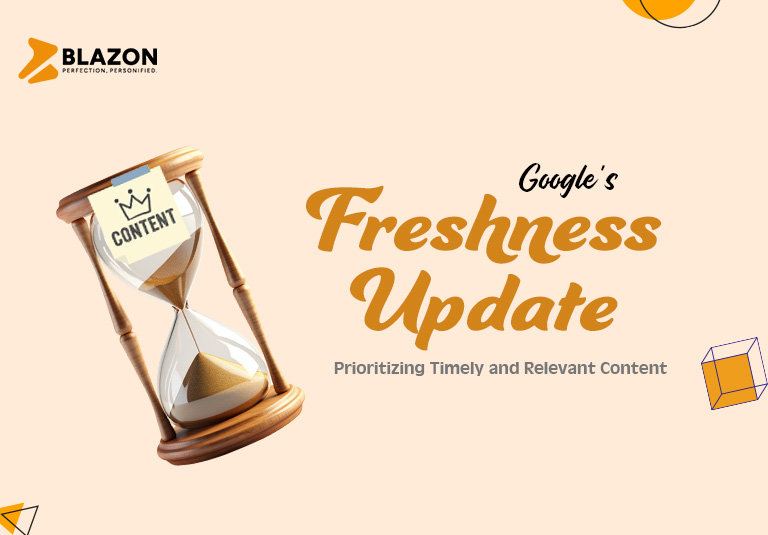Introduction
- In January 2012, Google introduced the Page Layout Algorithm.
- Aimed to penalize websites with excessive or intrusive ads above the fold.
- Prioritized content visibility and accessibility to improve user experience.
Understanding Above-the-Fold Content
- Above-the-fold content refers to the portion of a web page visible without scrolling.
- Some websites stuffed excessive ads above the fold, hindering user experience and SEO.
The Impact on User Experience
- The Page Layout Algorithm signaled Google’s commitment to prioritizing user experience.
- Penalized websites with excessive ads, encouraging a cleaner, more user-friendly design.
- Users benefited from a clearer path to desired information and reduced distractions.
Adapting to the Post-Page Layout Landscape
- Webmasters had to rethink web design priorities, focusing on content visibility and accessibility.
- Striking a balance between ads and content became crucial for maintaining search rankings.
- Considerations such as page load speed and mobile-friendliness gained importance in web design.
Key Strategies for Success
- Prioritize content visibility: Ensure important information is prominently displayed above the fold.
- Limit above-the-fold ads: Avoid overwhelming users with excessive or intrusive advertisements.
- Optimize for user experience: Focus on factors like page load speed, mobile-friendliness, and navigation ease.
- Regularly monitor and adjust: Stay abreast of algorithm updates and user feedback to refine web design strategies.
The Evolution of User-Centric Design
- The Page Layout Algorithm marked a shift towards user-centric design principles.
- Webmasters increasingly prioritize user experience to enhance engagement and satisfaction.
- Google continues to refine algorithms to reward websites that prioritize user needs.
Conclusion
- The Page Layout Algorithm highlighted the importance of prioritizing user experience in web design.
- By focusing on content visibility, limiting intrusive ads, and optimizing for usability, webmasters can create engaging, user-friendly websites.
- As the digital landscape evolves, the lessons learned from the Page Layout Algorithm remain integral to successful web design and SEO strategies.
